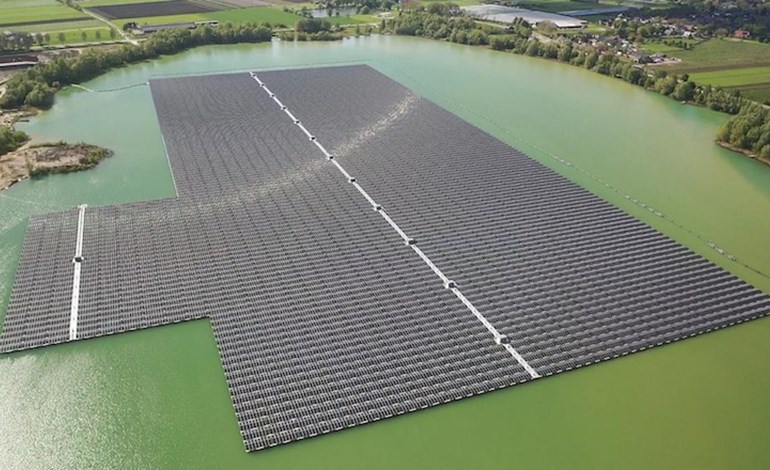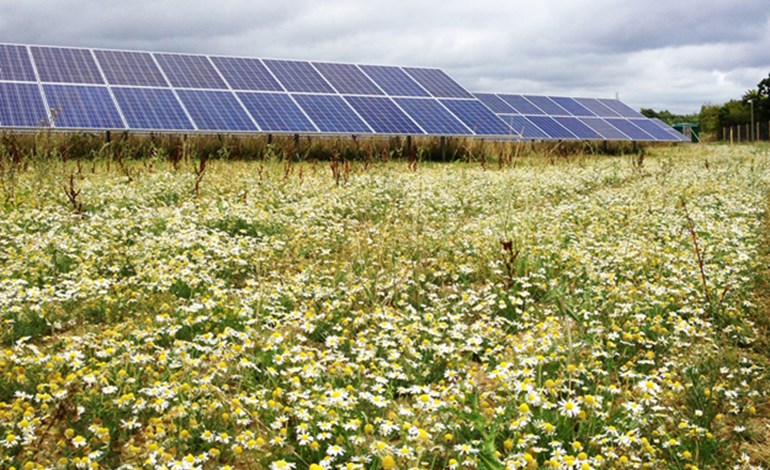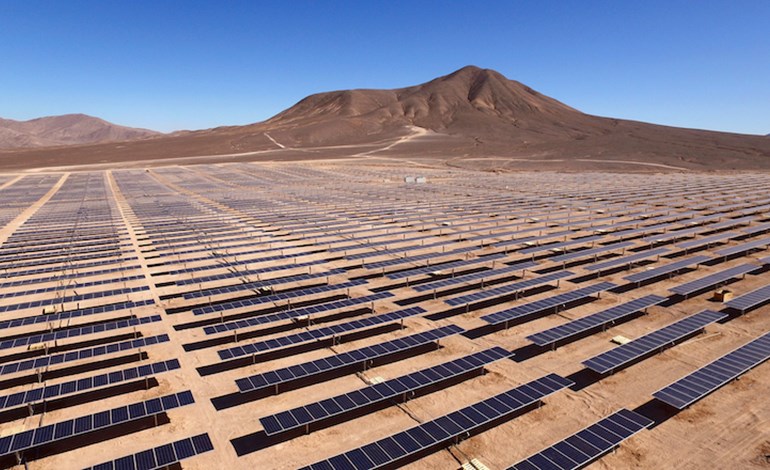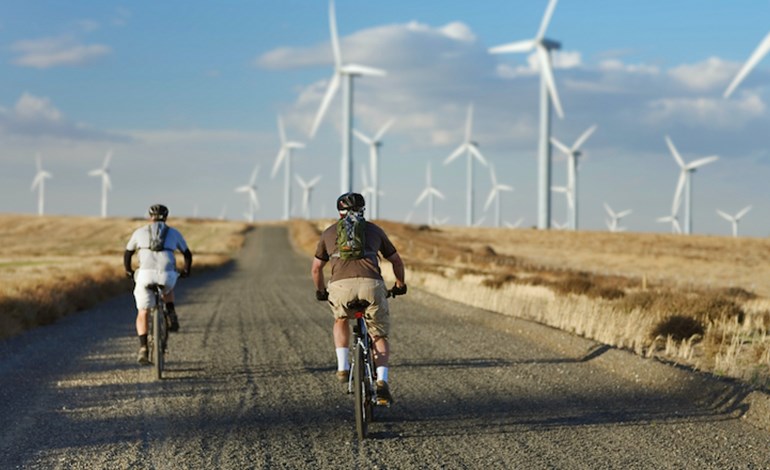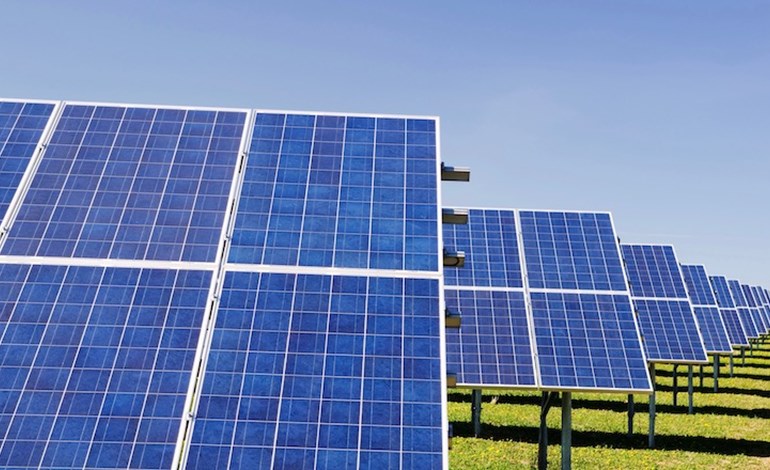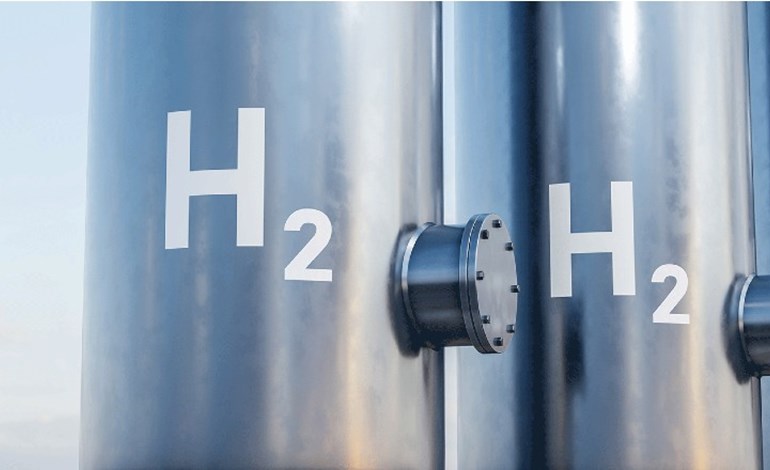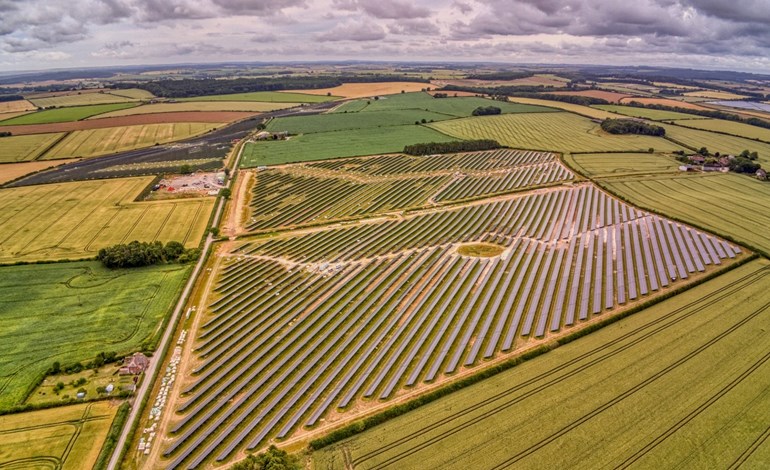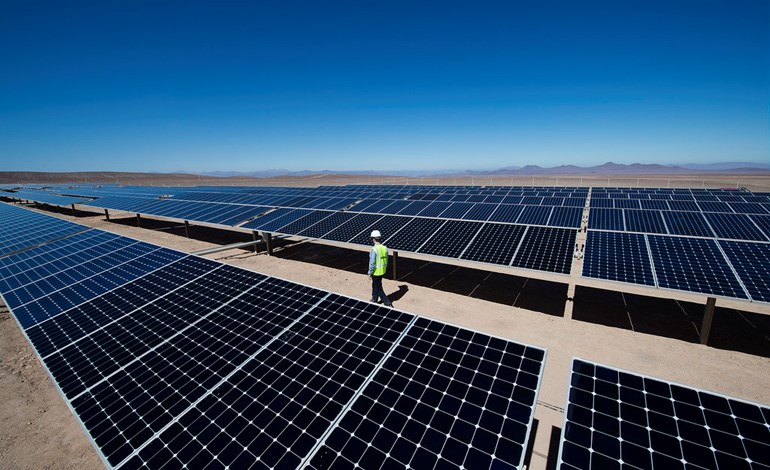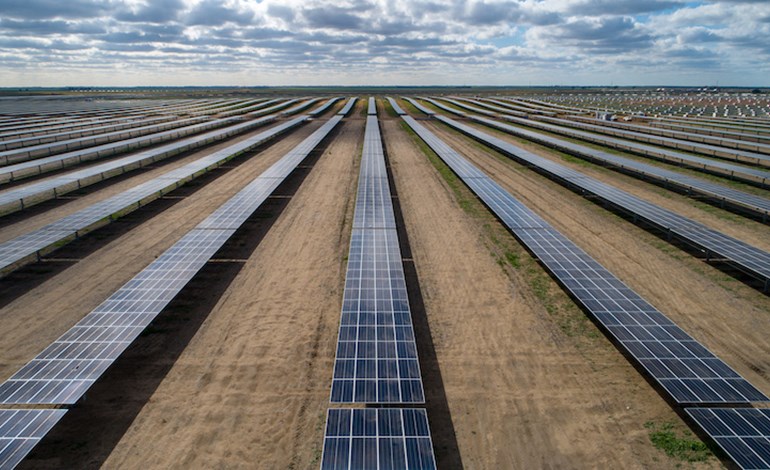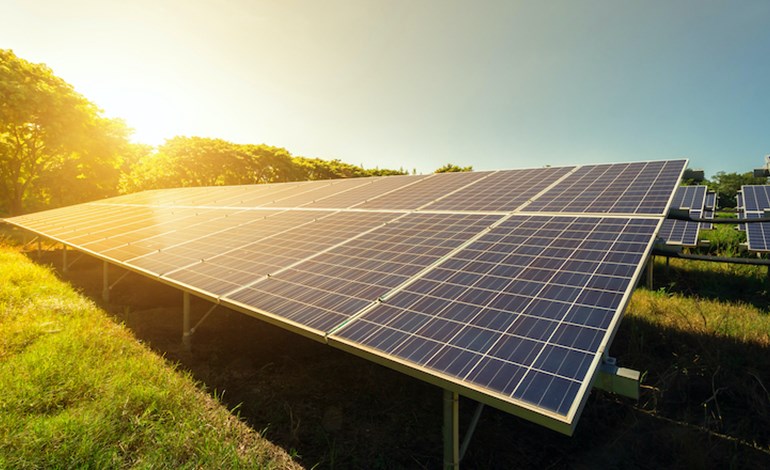The global floating solar market is expected to pass the 6GW threshold by 2031, as PV developers struggle to meet growing solar demand and look to alternate development technologies, according to analysis from Wood Mackenzie. Floating solar is expected to have a steady market share compared to overall global solar demand, with the compounded annual growth rate (CAGR) for floating solar (FPV) expected to rise 15% in the next ten years. Wood MacKenzie forecasts that 15 countries will exceed 500MW of cumulative FPV installations by 2031, with Indonesia, India and China making up almost 70% of the total FPV demand in 2022.
The Asia-Pacific market had approximately 3GW of floating solar projects in 2022, capturing over 90% of floating solar demand that year, according to the analysis. Countries such as China, Indonesia, India, South Korea, and Thailand are developing multiple floating solar projects, it found. In China, the floating solar project pipeline will grow at a steady pace going forward, with cumulative floating solar capacity to cross 13GW by 2031 at a 12% CAGR over the next 10 years, according to the research. With almost 150MW, Europe is the second largest region for FPV demand, with the Netherlands in the lead followed by France. The Netherlands has the largest FPV project outside the Asia-Pacific region, representing 32% of Europe’s FPV market in 2022, helped by the Sellingen floating solar park (41.4MW) that came online in 2021. This reflects how project sizes are continually growing in Europe’s leading market, Wood Mackenzie said. Ting You, consultant at Wood Mackenzie said: “The global solar industry, including PV developers, continue to battle limited land availability and increasing land costs for ground-mount solar projects, which is driving demand for floating installations.”
Credits: renews.biz [Image: BayWa r.e]

